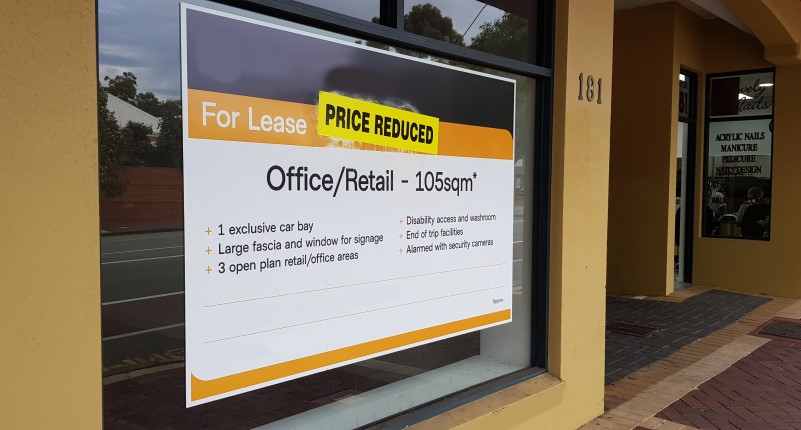
- Rate rises have not hurt cash buyers
- Industrial remains strong, with rapid uptick observed for retail and office
- Sustainability enquiries increasingly frequent
The eighth interest rate rise in a row has made some mortgages more precarious, hurt some homeowners, and made headlines across Australia.
While the highest cash rate since 2012 has made some investors rethink their investments and potential investors reconsider entering the market altogether, experts in Raine & Horne’s latest report believe that for some investors, saving money with sustainable solutions takes priority over record-high interest rates.
The Commercial Insights H2 2022 report from the real estate company confirms the commercial property market remains buoyant, noting that the higher interest rate environment has had little impact on investing to date and therefore reflects a high volume of cash buyers in the market.
The impact of interest rates on Australia’s property market
Cash is king, particularly for the sub-$5 million market, said several Raine & Horne Commercial property experts. A bit of poetic licence to say: the experts noted commercial property investors in the sub-$5 million space are often cash buyers, therefore helping to shelter the market somewhat against the impact of interest rate hikes.
“Rising interest rates are expected to see yields rise in the next 12 months, particularly among retail and office assets. However, yields on industrial assets are expected to stay the same owing to high demand and extremely tight supply,” said Raine & Horne’s executive chairman, Angus Raine.
Sustainable investors green with envy
The report also found a growing contingent of buyers and lessees are putting sustainability first, with increasing levels of enquiry regarding eco credentials.
“Government tenants and NDIS operators are typically seeking properties that tick the boxes for environmental, social, and corporate governance (ESG) criteria. This has increased demand for modern, high-quality properties that can deliver cost savings through reduced power or water consumption or which create a more comfortable working environment for employees,” said Mr Raine.

“In the office leasing market, government tenants often require a specific NABERS rating that measures the environmental performance of buildings and tenancies.
“More generally, buyers and tenants are increasingly enquiring about the ‘green’ features of a property, and this is a trend likely to gain traction as Australia heads toward net zero by 2050.”
Property demand demand remains high
The Commercial Insights H2 2022 report confirms the trend that industrial remains hot property due a severely undersupplied market continues. Property and land values continued to rise, and vacancy rates were at near-zero levels in many areas.
Demand is coming from both owner-occupiers and an increased pool of investors looking for investments with low levels of volatility.
While industrial remains the poster child of property’s pandemic epoch, the report also noted the rapid uptick in retail and office space as most of Australia returns to business as normal in a nearly post-pandemic world.
Industrial continues to be driven by the logistics sector, particularly e-commerce, along with other distribution-related businesses and those in food packaging and consumer goods.
In Sydney’s South-West, Raine & Horne Commercial experts report that demand for industrial property is at an all-time high with no signs of slowing down. Demand has benefitted substantially from the construction of the city’s second international airport at Badgerys Creek.
More broadly, demand for industrial assets is underpinned by a large cohort of buyers looking to diversify their property portfolios by acquiring commercial assets.
“Owner-occupiers are still aggressively seeking quality industrial assets, and we are seeing very low industrial stock levels come onto the market. In some areas, businesses need to plan 24 months in advance to find new premises,” said Mr Raine.
“Many locations across Australia have little or no land earmarked for new commercial developments – especially industrial estates. We recently saw industrial land on Queensland’s Sunshine Coast sell for $750 per square metre – lots that were commanding just $300 per square metre less than three years ago.”







